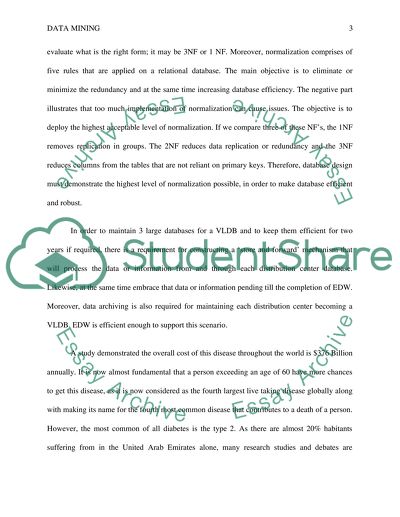Cite this document
(“Data Minining and Data Discovery Research Paper”, n.d.)
Retrieved from https://studentshare.org/information-technology/1488551-data-minining-and-data-discovery
Retrieved from https://studentshare.org/information-technology/1488551-data-minining-and-data-discovery
(Data Minining and Data Discovery Research Paper)
https://studentshare.org/information-technology/1488551-data-minining-and-data-discovery.
https://studentshare.org/information-technology/1488551-data-minining-and-data-discovery.
“Data Minining and Data Discovery Research Paper”, n.d. https://studentshare.org/information-technology/1488551-data-minining-and-data-discovery.


